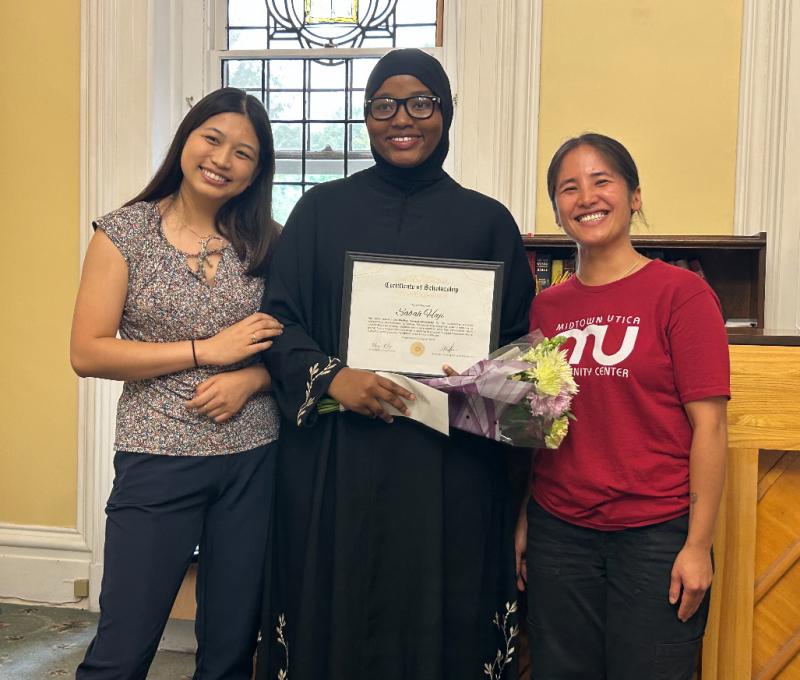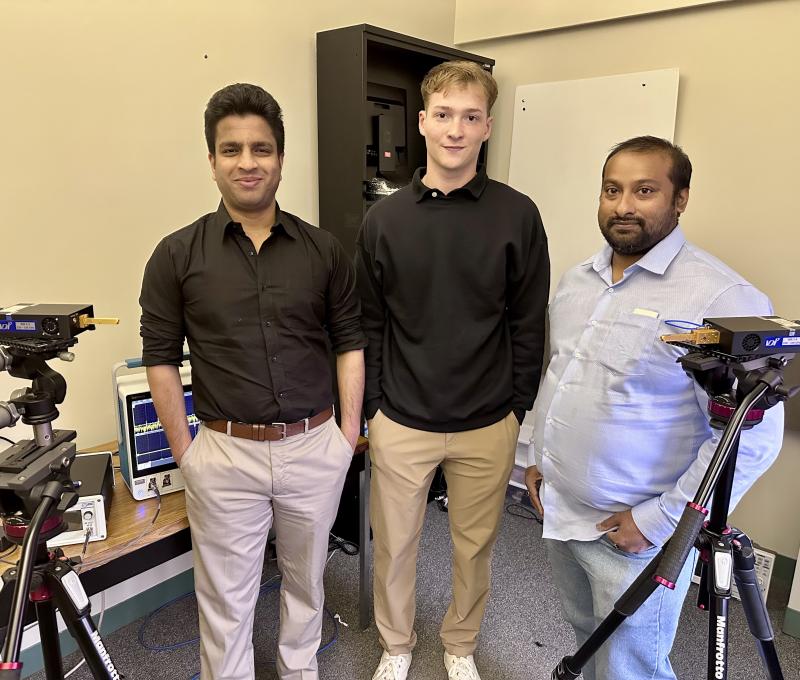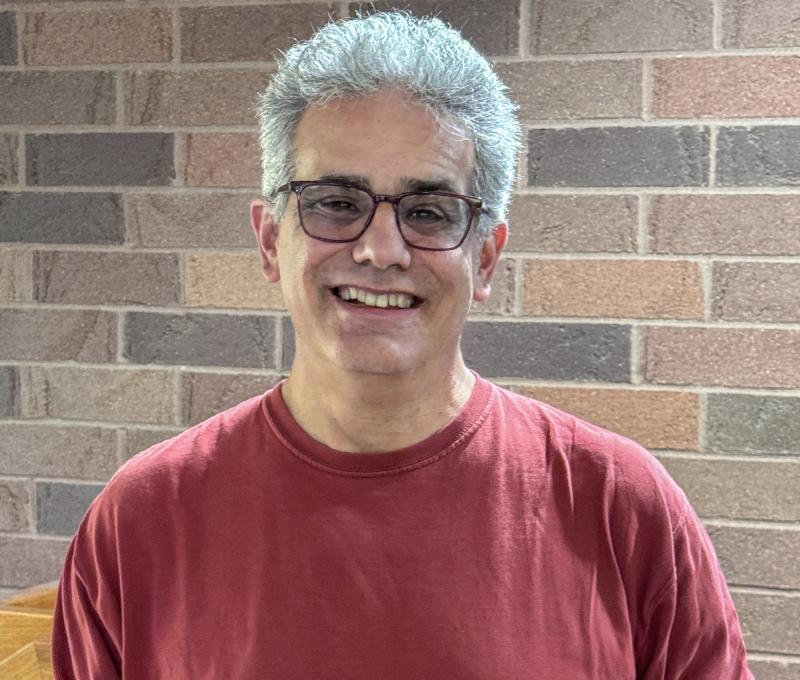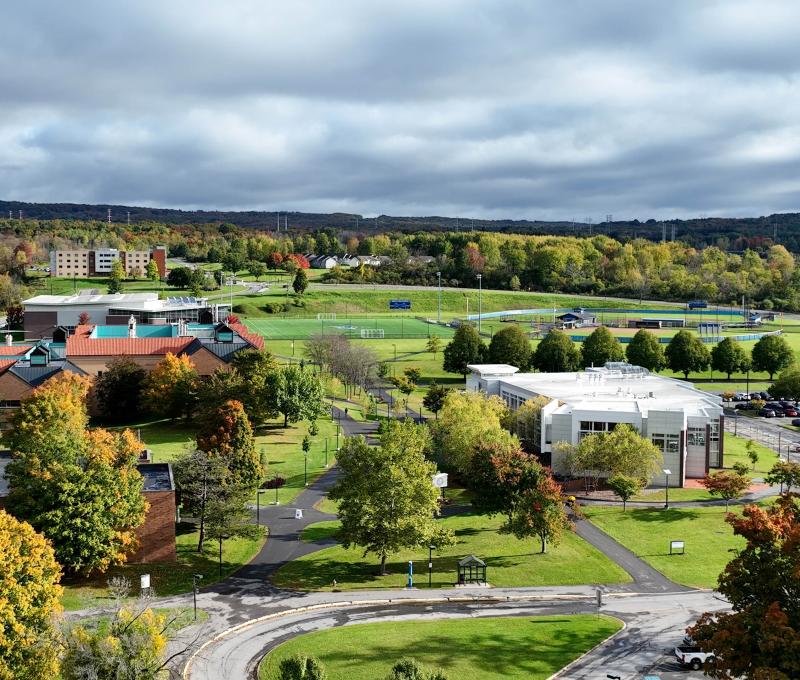SUNY Poly Research by Professor Carlo Cafaro published in Physical Review A

Dr. Carlo Cafaro, SUNY Poly applied mathematics assistant professor, collaborated with Dr. Shannon Ray (Postdoctoral Researcher at the AFRL in Rome, NY), and Dr. Paul M. Alsing (Principal Research Physicist at the AFRL in Rome-NY) on a work published in the Physical Review A.
Physical Review A (PRA) is the premier American Physical Society (APS) journal that publishes important developments in the rapidly evolving areas of atomic, molecular, and optical (AMO) physics, quantum information, and related fundamental concepts.
The research paper, “Optimal-speed unitary quantum time evolutions and propagation of light with maximal degree of coherence”, is a theoretical piece of work where the authors discover an important link between the propagation of light with maximal degree of coherence and the optimal-speed unitary quantum-mechanical time evolution of a spin-1/2 particle.
In this PRA work, the authors address a link between the geometry of intensity-preserving propagation of light with maximal degree of coherence on the Poincare sphere, and the geometry of the unitary dynamics of time-independent optimal-speed Hamiltonians on the Bloch sphere. This important theoretical finding establishes a bridge between the physics of a single-qubit and classical optics, i.e., the results allow one to connect the physics of two-level quantum systems and the physics of classical polarization optics. The authors present a detailed comparative analysis between quantum and optical scenarios. In the first case, they discuss the optimal unitary dynamics of the two-level system. In the second case, the propagation of light with maximal degree of coherence is obtained by acting the Mueller matrix on a Stokes vector on the Poincare sphere. The authors argue that this would be like the geodesic path followed by the two-level system undergoing an optimal unitary evolution. The practical consequences of this work are not fully understood at this time. For the time being, the authors believe the results could be of interest to the subjects of quantum information theory, optimal control, shortcuts to adiabaticity, and even quantum speed limits. However, more work is required to further explore these lines of investigation.
The team’s published research, featuring Dr. Cafaro as lead author, can be read here:








